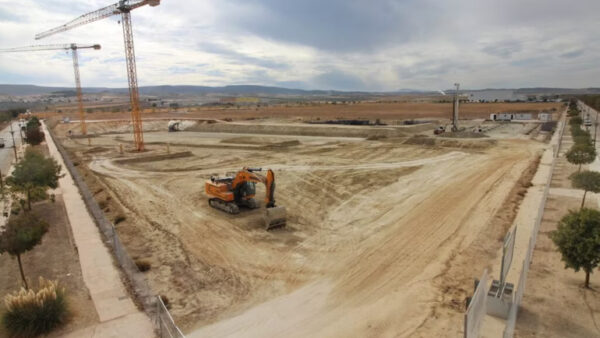The Port Authority of New York and New Jersey is to begin a feasibility and environmental impact study into a new freight rail transport link either under or over New York’s Upper Bay between New Jersey and Long Island.
The contract for the study, which is expected to be worth up to $70m, will examine two options: either a rail tunnel or a system for ferrying trains and trucks on the surface of the water.

The site of the proposed tunnel
The link is seen as desirable because the lack of a suitable crossing now means rail freight must detour hundreds of kilometres to reach the city.
The surface “Enhanced Railcar Float Alternative” would move trains and trucks using barges between Greenville and Brooklyn, diverting an estimated 2.8 million tonnes of cargo a year. It is by far the less expensive option at between $95m and $190m.
The 8.8km tunnel, to be known as the Cross-Harbour Rail Freight Tunnel, would have two tracks and a diameter sufficient to accommodate double-decker trains. This is expected up to shift 9.6 million tonnes of freight per year, however the cost is estimated to be between $7bn and $11bn.
The two choices were shortlisted from eight contenders in a 10-month study that concluded in September 2015.
The link across the bay is desirable because freight trains from the west and south have to cross the Hudson River using the Alfred H Smith Memorial Bridge 225km north of New York City at Selkirk, making a 451km detour known as the “Selkirk hurdle”. As a result, less than 3% by weight of the area’s freight is said to move by rail, leading to greater pollution, carbon and congestion.
Freight trains used to use the Poughkeepsie Bridge, but this was damaged by fire in 1974. It was recently reopened as a pedestrian bridge, making it the longest footbridge in the world.
Top image: The lower Hudson River has no rail bridge for 140km (Mapio)
Further Reading:
Comments
Comments are closed.







Interesting article, but one has to wonder about spending $70 million to decide on whether to build ferries that might cost only $95 million or a tunnel that might cost $11 billion. The obvious answer is to build the ferries quickly and then consider when an upgrade to a tunnel is justified.